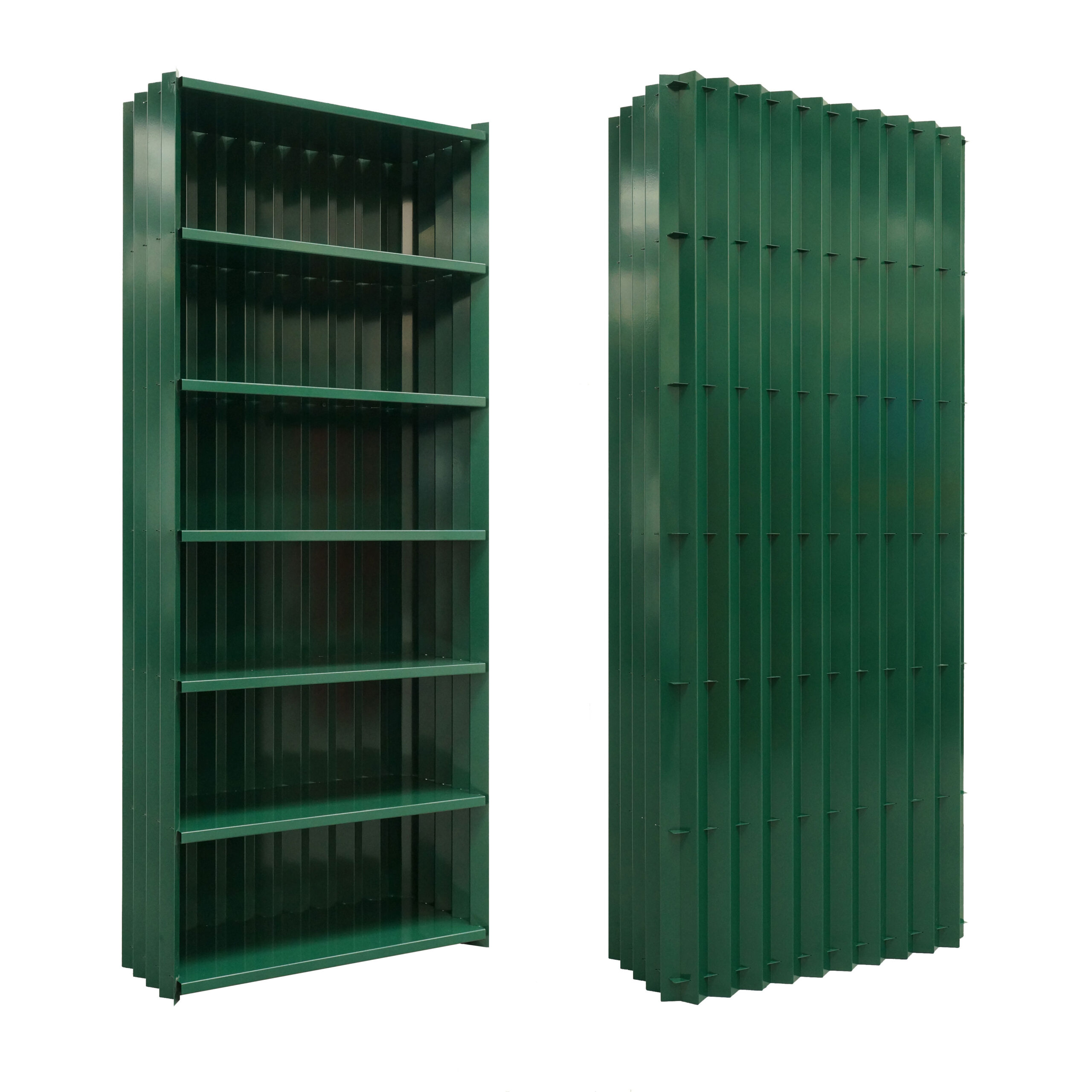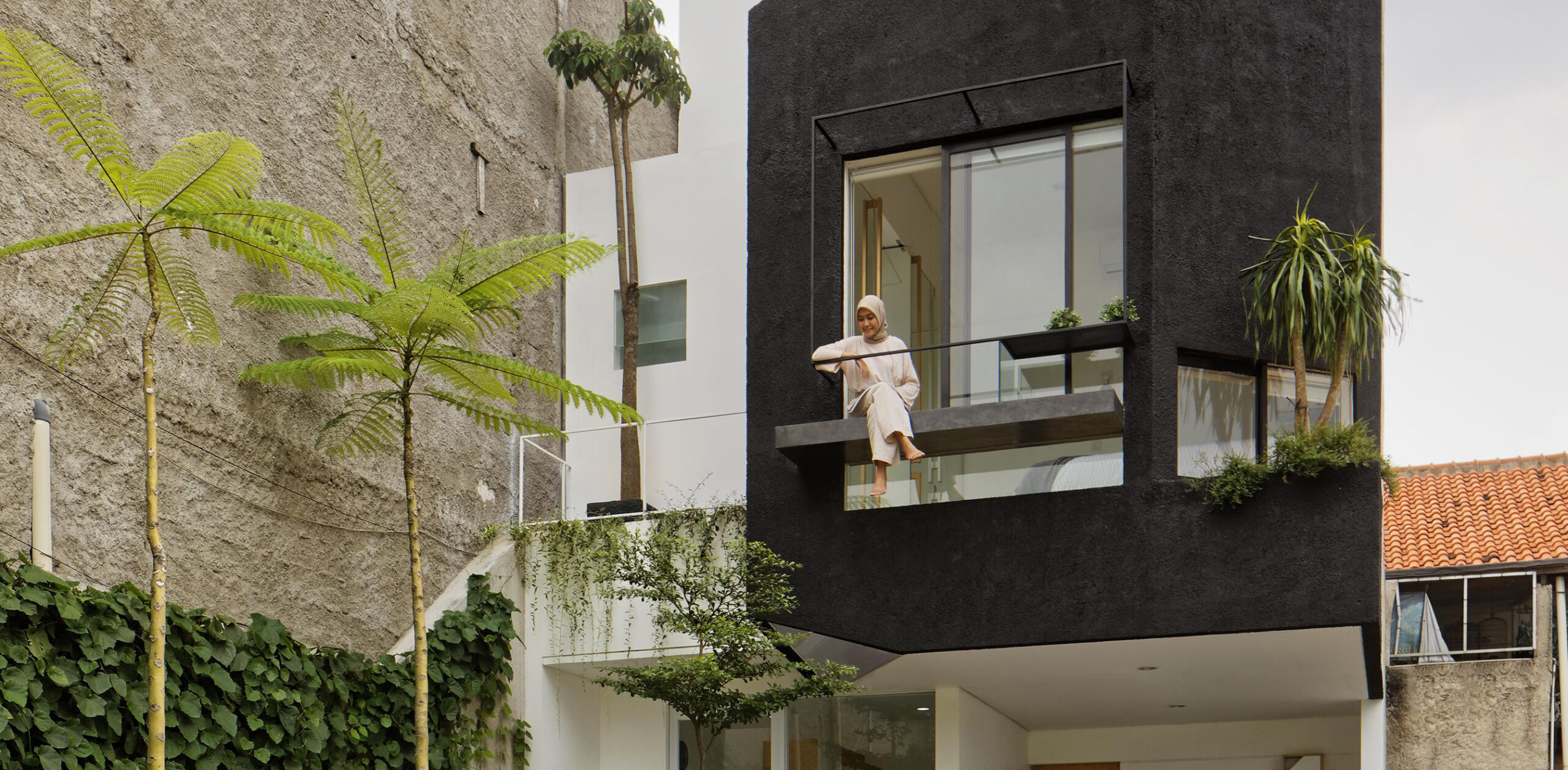One of the industry's biggest votes on design innovation is officially underway — help select the winners of the 2024 A+Product Awards! VOTE NOW >
Picture this: you relocate to a major city. The charm and prosperity of urban life beckons, but so does the absurdity of its real estate. One year, you’re settled in an industrial micro-apartment, the next in a shared townhouse, followed perhaps by a suburban one-bed — remote work unshackling you from the city and its inflated costs, your landlord decides to sell, they too can no longer afford the mortgage. You’ve moved six times in as many years and, along the way, have unwittingly absorbed the costs of relocating, depleting savings and pushing you further from your financial goals.
The current housing crisis is a complex issue influenced by various factors that are almost entirely out of our individual control. High borrowing costs, income level requirements, inflated deposits and housing shortages all play a part in this turbulent time. Right now, many people find themselves in a situation where they are unable to enter the property market. A shortfall of affordable housing is warping the rental sector into a pressure cooker. The middle classes, who, in previous years, could and would have purchased a home, are currently unable to do so. The result is a surge in demand for rental housing which in turn is inflating rental costs and pushing lower-income families and individuals out of the running altogether. It is a time of great uncertainty and insecurity.
This is the reality for a generation of renters whose ambitions of buying their own homes were shot down faster than a suspected surveillance balloon. As a consequence of the unstable housing market, we have reached a point where the frequency of moving is such that the things we buy for our homes need to be almost as mobile as our phones.
You see, there is a reluctance from renters to buy quality (generally more expensive) furniture — the cry of “What if I can’t take it with me?” echoing across the hushed labyrinth of furniture showrooms worldwide. The evidence lies within the masses of budget furniture websites and the astronomical number of upcycling videos on TikTok. Each proves we are inclined to buy cheap and often over costlier and singularly. Gone are the days when a beautiful, well-crafted piece of furniture was consciously designed, lovingly purchased and carefully passed down through generations. Or are they?

Daylight Island by Space Theory. Finalist, 2022 A+Product Awards, Cabinetry & Millwork.
Enter modular furniture. Manufacturers are deftly recognizing the societal shifts that are in motion, and their latest designs are a reflection of it. Whereas traditional furniture would neither fit the transient lifestyles nor shrinking and expanding living spaces of today’s generation, modular furniture provides the freedom required to adapt. The rise in modular furniture is not a trend; it’s a symptom of the state of housing in the 21st century.
With reconfigurable components, modular furniture allows tenants to recreate their environment at a moment’s notice. Got a new roommate? Shift around the sofa to create a new seating arrangement. Moving to a smaller place? No need to sell your dining table; just remove a module to fit it into a smaller space. It’s not just housing. The unsettled, evolving workforce is also benefitting from the modular furniture boom. Shifting from large central offices to satellite offices and back again is costly, but if your furniture can go with you, tremendous.
This article’s illustrations demonstrate the range of uses and styles of the world’s best modular furniture, as chosen by the A+Product Awards’ prestigious jury (made up of practicing architects from the world’s most renowned firms) and the global public who use these pieces every day.
Start A+Product Awards Submission

Brig Lounge Seating by Nienkamper. Jury Winner, 2022 A+Product Awards, Contract Seating.
And while the practical virtues are evident, let’s not overlook the deeper, less obvious merits of modular furniture. Modular furniture serves as a tool for resilience in a fraught economic climate. As more people enter the world of unstable housing — be it globalization, unsustainable development or plain market volatility — modular furniture lends renters some sense of control in their lives. With its ability to adapt and reshape, it reflects the social fabric of a world in flux, a form of ‘resistance’ against the fickleness of an unkind housing market.
Now, the detractors might question the aesthetic integrity of modular pieces. To that, the response is twofold. Firstly, advances in materials science have allowed modular furniture to achieve a level of craftsmanship that rivals any ‘traditional’ piece. We’re witnessing an era where high-density fiberboards can be as visually appealing and durable as old-growth hardwoods and where laminate and composite no longer mean a short life. Secondly, the sophistication of modular furniture lies in its simplicity and the ingenuity to fit into diverse spatial narratives without losing its functional essence. While evolution in digital simulation can pilot all scenarios before manufacturing or even prototyping, creating pieces that are more sophisticated than we have ever seen before.
Additionally, the idea of modular furniture becomes all the more compelling when also seen through the lens of sustainability. Traditional furniture disposal contributes to an alarming rate of waste. Modular furniture, with its replaceable, versatile components, effectively joins the fight against mass furniture disposal. The ethos here aligns with a circular economy, wherein not only do you not need to replace or repurchase every time you move, but worn-out parts can also be replaced, recycled or repurposed, reducing overall waste.
What we’re seeing is not a trend but a fundamental shift in how we react to our changing society and interact with our living spaces. Modular furniture is rewriting the grammar of interior design, turning it into a flexible, responsive language that is in tune with the challenges of our times. It rejects the wasteful overconsumption narrative that is pushed as a solution but only serves to inflate the issues. It’s a multi-faceted remedy, a pivot in design thinking that champions quality and longevity yet parallels the unpredictable life trajectories of many. In a housing market that defies any expectation of stability, modular furniture stands out as a testament to human ingenuity, offering not just a seat at the table but the ability to reshape the table itself.
One of the industry's biggest votes on design innovation is officially underway — help select the winners of the 2024 A+Product Awards! VOTE NOW >











